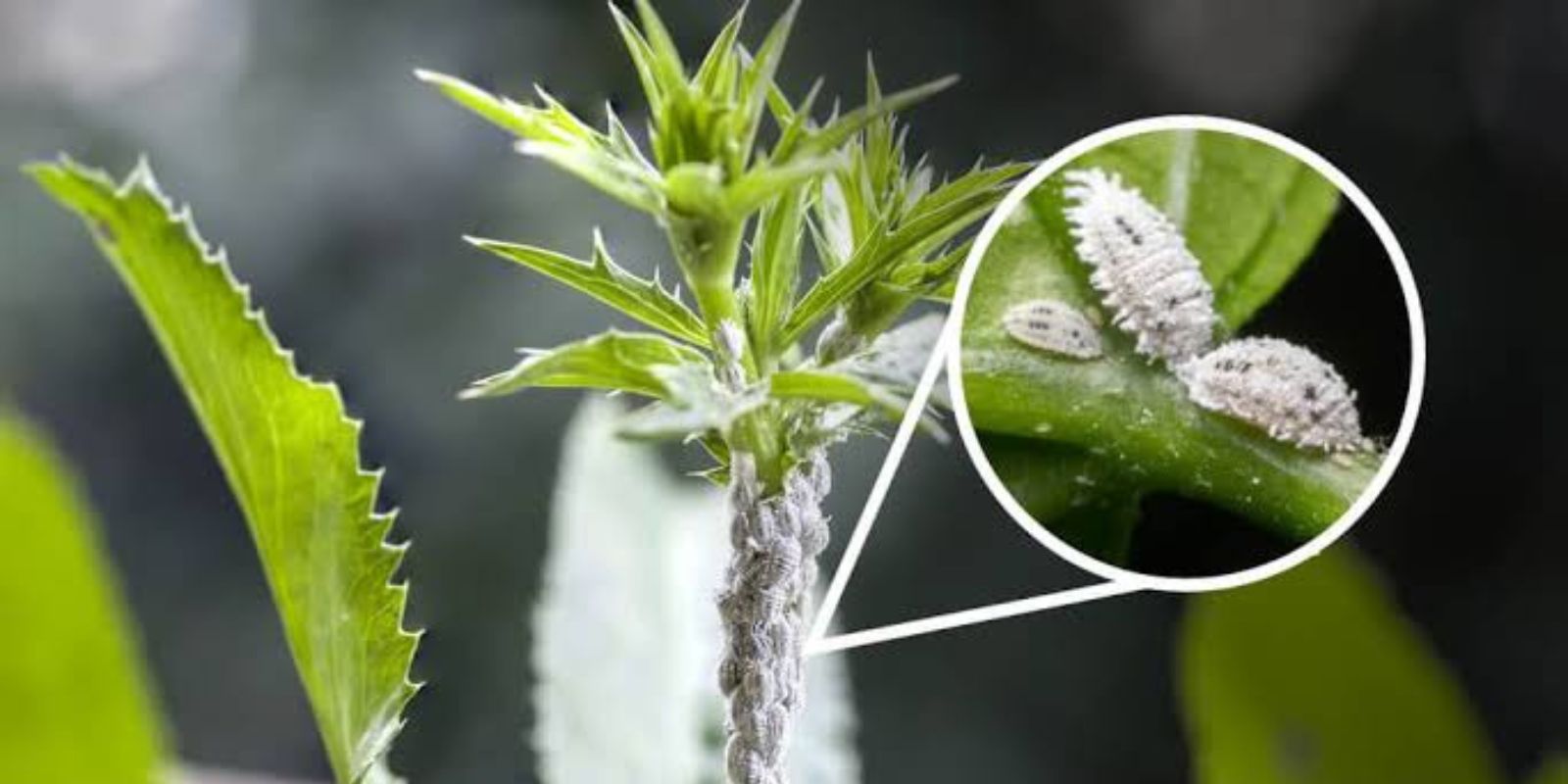Mealybugs are among the most frustrating pests for gardeners and plant lovers. These small, white, cotton-like insects suck the sap from your plants, causing yellowing leaves, stunted growth, and even plant death if left untreated. Fortunately, you can fight back with natural methods that are safe, eco-friendly, and effective. This article explores everything you need to know about identifying, treating, and preventing mealybug infestations, so your plants can thrive again.
What Are Mealybugs?
Mealybugs are soft-bodied insects that typically appear as white, fuzzy spots on plants. They feed on plant sap, secreting a sticky substance called honeydew, which can encourage the growth of sooty mold and attract other pests like ants. Mealybugs often hide in crevices, leaf joints, and stems, making them tricky to detect early on.
Signs of a Mealybug Infestation
- White Cotton-Like Patches: Look for small, fluffy clusters on leaves, stems, or undersides of foliage.
- Sticky Residue: The honeydew they excrete leaves a shiny, sticky film on plant surfaces.
- Yellowing Leaves: Plants may lose color and start wilting as mealybugs drain their nutrients.
- Stunted Growth: Infested plants may struggle to grow new leaves or flowers.
- Presence of Ants: Ants are attracted to honeydew and may indicate a mealybug problem.
Natural Methods to Eliminate Mealybugs
Let’s dive into the step-by-step process to remove mealybugs using safe and natural methods:
1. Inspect Your Plants Regularly
Thoroughly examine your plants, especially those in warm, humid conditions, as mealybugs thrive in such environments. Pay close attention to crevices, undersides of leaves, and leaf joints where mealybugs love to hide.
2. Isolate Infested Plants
To prevent the spread, move affected plants away from healthy ones as soon as you notice an infestation.
3. Use a Natural DIY Spray
Prepare a natural solution to kill mealybugs effectively:
- Ingredients:
- 1 liter of water
- A few drops of dish soap (non-toxic and biodegradable)
- 1 tablespoon of neem oil or horticultural oil
Mix the ingredients well and pour them into a spray bottle. Shake the bottle thoroughly before each use.
4. Apply the Spray
Generously spray the solution directly onto the mealybugs. Focus on affected areas, including the undersides of leaves and tight crevices. The soap suffocates the mealybugs, while neem oil disrupts their life cycle.
5. Wipe Off the Pests
For heavy infestations, use a cotton swab or soft cloth dipped in the solution to manually remove visible mealybugs. This ensures you physically eliminate most of the pests.
6. Prune Heavily Infested Areas
If certain parts of the plant are beyond saving, prune them to reduce the pest load and encourage healthy regrowth. Dispose of the cuttings in sealed bags to prevent reinfestation.
7. Rinse Your Plants
After a few hours, gently rinse the plant with clean water to remove any residue and dead mealybugs. This step also helps reduce the chance of sooty mold forming on honeydew-covered areas.
8. Repeat Weekly Treatments
Consistency is key to eradicating mealybugs. Repeat the spraying and cleaning process weekly until the infestation is completely gone.
Preventing Mealybug Infestations
Prevention is better than cure. Here’s how you can reduce the likelihood of mealybug problems in the future:
1. Quarantine New Plants
Before introducing new plants to your garden or home, keep them isolated for at least two weeks. This allows you to monitor for pests and prevent infestations from spreading.
2. Maintain Plant Health
Healthy plants are better at resisting pests. Use nutrient-rich soil, water your plants appropriately, and provide adequate sunlight to strengthen their natural defenses.
3. Avoid Overwatering
Overwatering creates a humid environment that mealybugs love. Ensure proper drainage and only water when necessary.
4. Attract Natural Predators
Encourage beneficial insects like ladybugs and lacewings, which feed on mealybugs. You can attract these helpful allies by planting flowers such as marigolds, daisies, and cosmos.
5. Clean Plant Leaves Regularly
Dust and dirt on leaves can provide hiding spots for mealybugs. Wipe down leaves occasionally with a damp cloth to keep your plants clean and pest-free.
Why Choose Natural Methods?
Using natural pest control methods has numerous benefits:
- Safety: Natural sprays are non-toxic and safe for children, pets, and pollinators.
- Environmentally Friendly: Avoids harmful chemicals that can disrupt ecosystems.
- Cost-Effective: DIY solutions are affordable and use readily available ingredients.
- Promotes Sustainability: Encourages organic gardening practices.
When to Seek Professional Help
In rare cases, if the infestation is severe and resistant to natural remedies, consult a professional pest control service specializing in plant care. They can help identify the root cause and provide targeted solutions.
Final Thoughts
Mealybugs can wreak havoc on your beloved plants, but they are no match for your dedication and natural remedies. By following the steps outlined in this guide, you can eliminate these pests effectively and prevent future infestations.
Have you tried any of these methods before? Share your experience and tips in the comments below! Let’s help each other grow pest-free, healthy plants.
🌿 Viral Gardening Hashtags:

